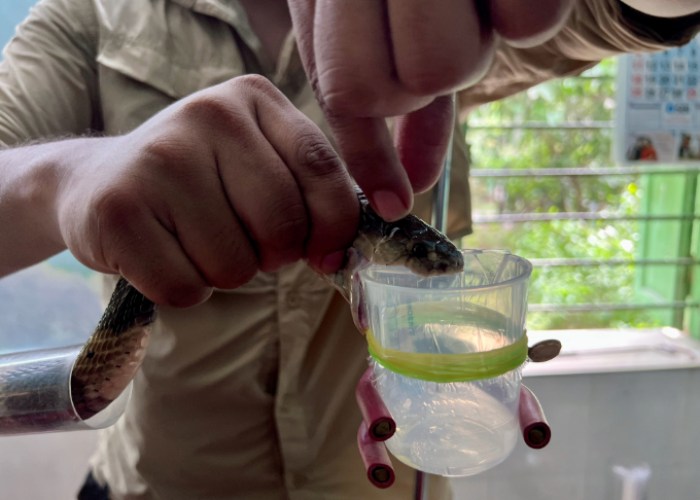In a significant advancement for medical science, researchers have developed an antibody capable of neutralizing the venom of the fearsome black mamba, along with that of the king cobra and numerous other venomous snakes. This groundbreaking work, spearheaded by protein engineer Joseph Jardine and his team at the Scripps Research Institute, offers a glimmer of hope in the development of a universal antivenom. Through their meticulous research, documented in the esteemed journal Science Translational Medicine, the scientists have shown that this lab-manufactured protein can protect mice from doses of venom that would typically be fatal. The implications of this discovery extend far beyond the lab, promising a future where a single antivenom could potentially save lives across the globe from various snakebites.
The Science Behind the Breakthrough
The innovation lies in the specificity of the antibodies developed, targeting a key component in snake venom known as long-chain three-finger alpha-neurotoxins. These toxins, akin to a hand with three extended fingers, incapacitate their victims by paralyzing muscle functions. The newly developed antibodies work by effectively “grabbing” these toxic fingers, preventing them from causing harm. This approach is revolutionary compared to traditional methods, which involve the production of antivenoms using animal antibodies, a process fraught with limitations and potential adverse reactions in humans.

Challenges and Opportunities
Despite the optimism surrounding this discovery, challenges remain. Producing a truly universal antivenom that covers the vast diversity of venomous snakes worldwide is a complex task. Critics argue that the practicality of a one-size-fits-all antivenom might not be feasible due to the specific nature of venom components across different snake species. However, the potential to tailor antivenoms for regional needs offers a practical path forward, possibly revolutionizing how we address snakebites in various parts of the world.